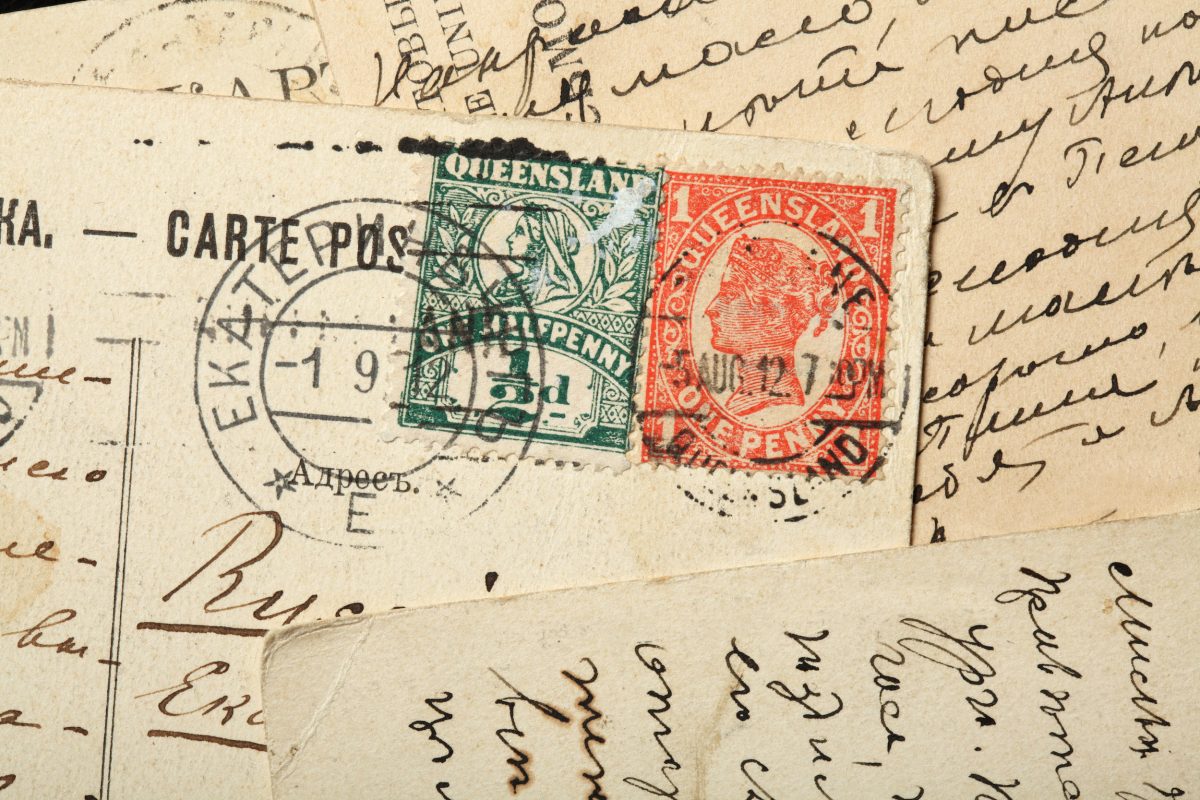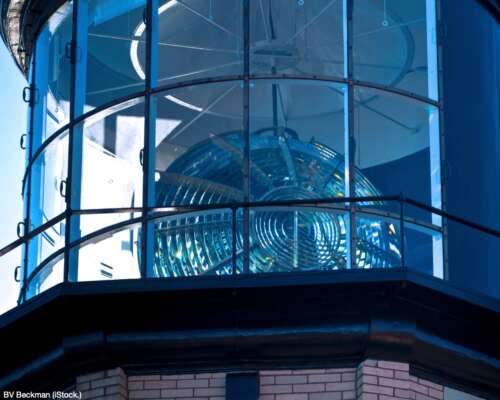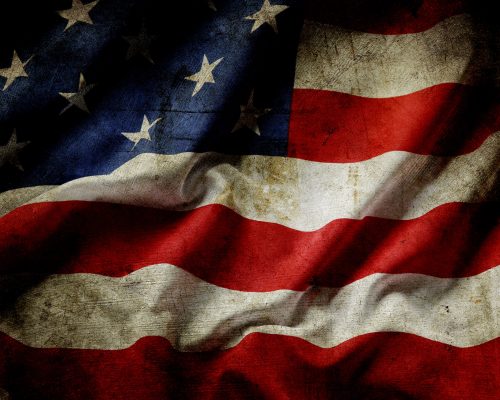I found several dozen letters and personal accounts from the Great Flu Pandemic of 1918 in the U.S. on the CDC website, and I’ve included some here as a context of what our ancestors experienced back then, and in terms of what we’re going through now. You can see that during the flu pandemic, people were urged to stay home, limit social activities, and churches and schools were closed even as now. By and large, Americans back then saw it as their duty to comply with government directives for the sake of the common good, else there might have been even more casualties. Other letters talk about crazy cures, overworked doctors and nurses, etc. These are voices from the last pandemic.
I wanted to share a sample of these personal accounts because today, we have similar concerns and issues, with people refusing to wear masks, others in denial, and staggering hospitalization and death rates.
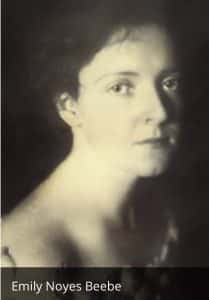
You may well believe that God can and will deliver you miraculously from the coronavirus (and I know the Bible verses that come to your mind.) In this sinful, fallen world, bad things happen to good people. You may not take any precautions such as wearing a mask because you feel invincible, or lest anyone doubt your patriotism or faith, but do you really want to temp God? Isn’t that a sin? (Deuteronomy 6:16?)
Voices from the last pandemic: Churches shuttered during pandemic
In February 1919, in Lewisport, Kentucky, Edna Gregory (age 23), Edward Gregory (age 24) and their 13–month–old son, Samuel M. Gregory all become ill with the flu. Little Samuel eventually got better, as did his mother Edna, but Edward′s condition worsened. Edward′s fever kept getting higher and higher and the medicine of that day was aspirin, which was given to him by the ½-hand fulls over and over again. Edward sweated through his mattress and the local physician, Dr. Griffin, sat by his bed many hours but could not save his patient. Edward′s funeral was held at his parents′ home because no church services were being held to try to stop the spread of the flu. A few people attended the funeral and some sat with a handkerchief covering their mouth and nose. Edward was a strong man with no bad habits. He was principal of the school, a Boy Scout leader, an artist, a musician, a church worker, and a lover of children.
Samuel grew up and became my husband in 1936. Throughout his life, he never had the flu again.
Voices from the last pandemic: Good Samaritans brave pandemic
My father, Whitwell Wentworth Coxe, was born April 24, 1884 in Roanoke, Virginia. He married a lovely, caring lady named Emily Noyes Beebe of Spartanburg, South Carolina in 1909. Whitwell was a lawyer and he and Emily had five children; four boys and one girl. Although she was not a nurse, when the pandemic flu came to Roanoke, Emily helped care for flu victims all over the city. No one she took care of died, but Emily herself became ill with the flu and she did pass away in 1919 at the age of 35. Sometime later my father remarried and his second wife was my mother, Kathleen Kelly Coxe. My mother raised my five half-siblings and me, and this wasn′t easy because the older kids all wanted their mother back! Emily is buried in Evergreen Cemetery in Roanoke. Whitwell is buried next to her. And my mother, Kathleen, is buried on the other side of daddy.
Voices from the last pandemic: Close calls: John Stanbury
I was born in May of 1915 and accordingly my recollections of the pandemic are hazy and incomplete. Our family was living in Wilson, North Carolina at the time. My father was a Methodist clergyman. However, despite my young age, I recall quite clearly the illness of my mother. She was comatose for several days, but survived. At about the same time my brother, four years my senior, was ill with what was diagnosed as typhoid fever. He too was comatose and delusional, but survived. From the front porch of our house, I watched the hearses roll pass and I was told that they carried the victims of the pandemic. My father, in spite of frequent contacts with the ill as he circulated around town discharging his pastoral duties, was never ill.
Careless behavior during the pandemic
In October 1918, my grandmother Jennie O′Neal was 14 years old and living with her parents John and Esther O′Neal on their farm outside of Brownwood, Texas. Like other families, they were aware of the pandemic flu that was sweeping the world and killing millions. They also knew that it was now in their area. People who were fine in the morning, would have a cough later in the day, and be dead by the evening. Jennie′s mother, Esther, was very concerned for her family of seven children. Some of the children were under the age of 5 and one was an infant. So when Jennie wanted to go into town for a dance, Esther was horrified and told her daughter that she could not go! Angry and not fully understanding the danger, Jennie went to town anyway. By October 25, 41–year–old Esther was dead from the flu. Jennie was devastated knowing that if she had not defied her mother and gone to town her mother might still be alive. My grandmother lived with that guilt all of her life.
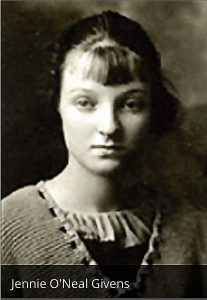
John quickly remarried the following June to a young 21–year–old widow, Bessie, who had a small daughter. Bessie had lost her husband to the flu, too.
The next October, 15–year–old Jennie married, too, and eventually had six children of her own.
Voices from the last pandemic: Schools closed because of pandemic
My mother, Helen Morrison Brown, was born in 1911 in West Pittston, Pennsylvania. In the late 1950′s she told me the story of the illnesses and deaths of the 1918 pandemic. She explained that many healthy people become ill and began dying suddenly. Families were soon overwhelmed with the sick and the dead. At that time, the deceased was tended to by family and “laid out” in the family parlor where friends and family gathered, since there were few funeral homes.
During the pandemic, the local authorities closed pubic schools to prevent contagion. But at least one school, (the former West Pittston High School) was put to another useful purpose — displaying the recently deceased.The window shades of the school were kept closed as bodies in coffins were brought into the school. My mother said, at the appointed time, one window shade would be pulled up and a body in its coffin would be shown, propped–up in the window for viewing. Grieving family and friends would be assembled to pay their respects from the safe distance outside on the sidewalk. The opening and closing of the window shades continued until all bodies were shown for that day. My mother was only 7 or 8 years old at the time, but she had vivid memories of those times. I was about 10 years old when my mother told me about the 1918 pandemic flu and her story was quite shocking to me. I can only imagine what it must have been like to have lived through such a sight. Fortunately, no one in my mother′s family became ill with the flu back then.
What might have been
Dr. Otto Wernecke came from rural Manitowoc, Wisconsin. His wife, Caroline Kansier, lived in the village of Manitowoc, where they married. They were extremely saddened by the death of their 2–year–old daughter Frieda from scarlet fever on January 9, 1910. A son, Henry, was born later that year, followed by Margaret in 1912, Otto in 1914, Louise in 1916, and myself, Caroline, on November 8, 1918. Then tragedy struck, again, when my father died from the flu epidemic on December 3, 1918.
The people of Manitowoc were cautioned not to congregate so they wouldn′t spread the disease. Therefore, on December 5, my father′s funeral was held in my grandparents′ parlor. To prevent unnecessary contagion, I was baptized at that same time and placed next to his casket.
Many people seemed to feel that since my father, their dentist, had died they didn′t have to pay the money they owed for dental work he had done. My mother needed to quickly find work to support her family. She asked her sister, who was a milliner in Cleveland, Ohio, to come to Manitowoc to start a millinery store. But what could my mother do with the little ones? My grandparents took me to live with them, and our pastor, Rev. Machmiller and his wife spent a lot of time with Louise, the three–year–old. My grandparents were very good to me, but I did not get to spend much time with my brothers and sisters. In fact, I hardly knew my brother Henry. It wasn’t until my grandparents died in 1936 that I moved in with my mother and siblings. By that time, Henry had married.
My father′s death in the flu pandemic affected us economically, emotionally, and socially. The millinery was rather successful for a time, but the depression came and competition with large department stores contributed to the failure of the business. My brother, Otto, Jr., wanted to be an engineer, and my dream was to be a teacher, but neither of us was able to go to college.
The flu pandemic of 1918 drastically changed the trajectory of our lives. There are no happy memories of being with my father, only pictures and family stories. I′ve been told what a wonderful man he was, but couldn′t he have lived a little longer? Why did he die at the age of 39? Here I am, almost 90, and I still think of “what might have been.”
We can see that people a century ago grappled with many of the same issues that we do today with our own pandemic-people refusing to wear masks, groups of people (particularly young people) gathering together recklessly, and general hope and despair. But according to the voices from the last pandemic, American society as a whole seemed more committed to the public good overall.
- Thanks to the Centers for Disease Control for the data above for the material for this article on Post cards from the edge: Voices from the last pandemic.
Header photo: Vladamir Wrangel (Shutterstock.)
